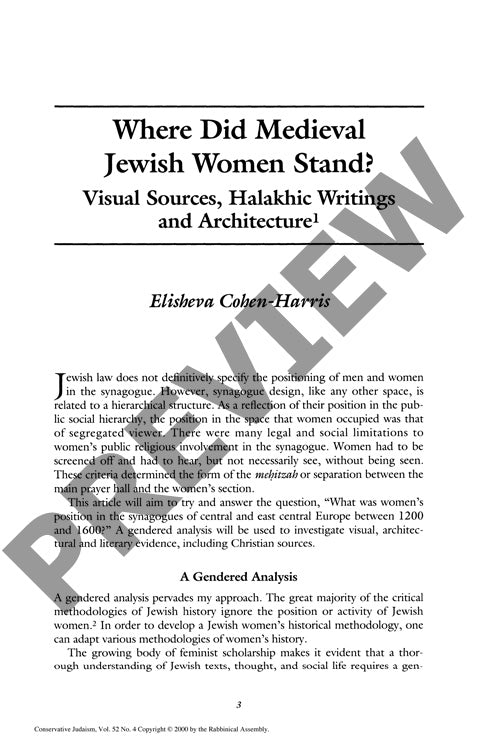Where Did Medieval Jewish Women Stand Vi
Couldn't load pickup availability
Medieval Jewish women's participation in synagogue life varied dramatically across central and eastern Europe between 1200-1600, challenging modern assumptions about historical gender roles in Judaism. Through analysis of halakhic writings, manuscript illuminations, architectural remains, and Christian documentation, a complex picture emerges of women's religious experiences - from independent women's synagogues with female prayer leaders to later integration behind mehitzot (partitions) in main sanctuary spaces. The research integrates both insider and outsider perspectives through interdisciplinary methods to overcome traditional historiographical blind spots regarding women's roles. Hungarian ritual manuscripts and German woodcuts provide visual evidence of women attending major holiday services, while halakhic sources demonstrate increasing leniency toward women's ritual participation during this period. Architectural evidence traces the evolution from separate prayer rooms to integrated spaces with temporary barriers between the 14th-16th centuries. Rather than following a uniform pattern, women's positioning and participation varied considerably by region and era, with some communities maintaining distinct women's prayer traditions, leadership roles, and spiritual autonomy within segregated spaces. These findings illuminate both medieval Jewish communal structure and provide important historical context for contemporary debates about women's public religious roles in Judaism.

More Information
-
Physical Description
-
Publication Information
Published 2000
ISBN
-
Publication Credits
Elisheva Cohen-Harris

